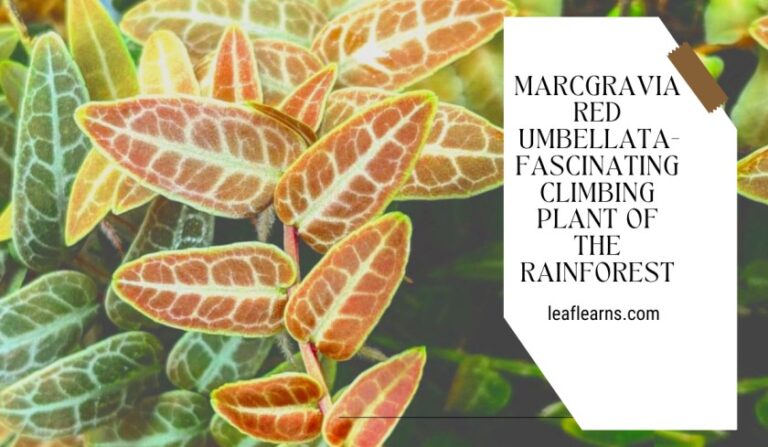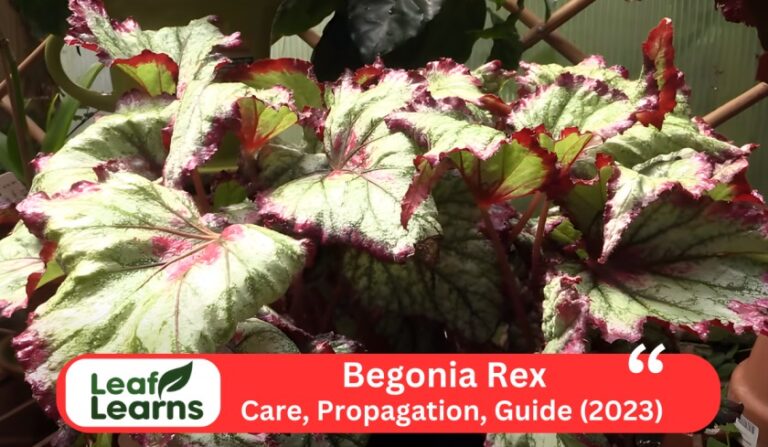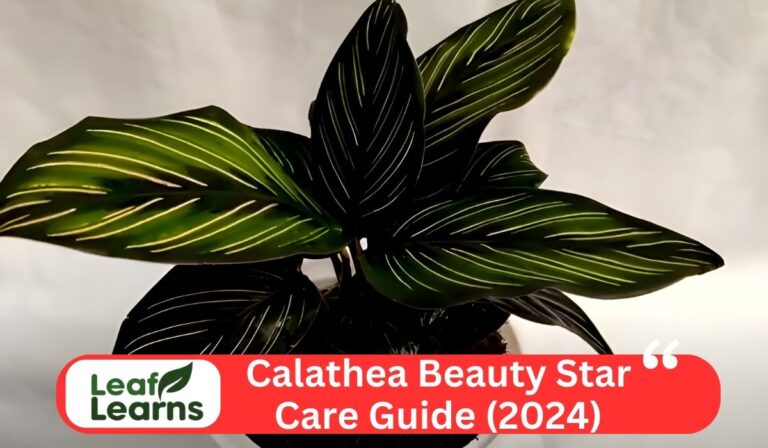How to Care Peperomia ginny: Peperomia tricolor Grow (2023)
Peperomia Ginny, also known as Peperomia clusiifolia ‘Ginny,’ is a plant that comes from South America and is a member of the Piperaceae family. This evergreen succulent plant normally grows to a height of 8 to 12 inches and has 2-inch long, eye-catching dark green leaves with beautiful pink borders.
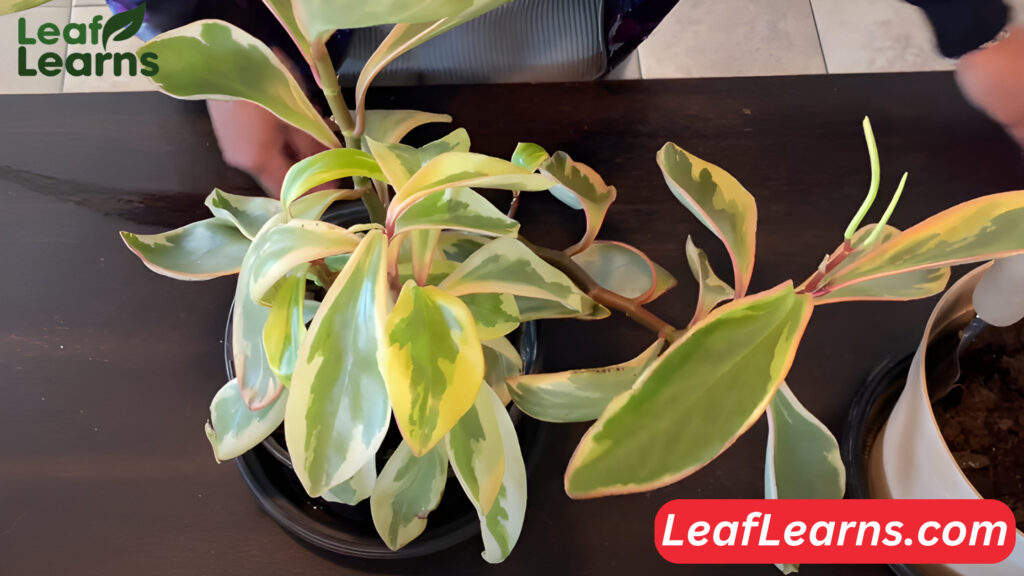
Contents
- 1 Characteristics
- 2 What’s Unique About Peperomia-Ginny?
- 3 Care for Peperomia ginny
- 4 How to Propagating peperomia ginny
- 5 Pruning
- 6 Repotting of peperomia tricolor
- 7 How to Get Peperomia tricolor to Bloom
- 8 Growth Rate and Size
- 9 Flowering and Foliage
- 10 Peperomia tricolor Appearance and Fragrance
- 11 Underwatering And Overwatering
- 12 Common Pests and Diseases
- 13 Problems and Solutions for Peperomia-Ginny
- 14 Toxicity of peperomia tricolor
- 15 Varieties/Types
- 16 Uses of peperomia tricolor
- 17 Nurturing Your Peperomia tricolor Common Challenges
- 18 Comparing Peperomia tricolor to Other Varieties: A Guide to Growth and Safety
- 19 FAQs
Characteristics
Although Peperomia-Ginny’s delicate flower spikes provide a touch of improvement, it needs strong, indirect sunshine to grow. It is important to water carefully, let the top inch of soil dry, and use a peat-based soil mixture that flows well.
This indoor beautiful houseplant flourishes in conditions of moderate to high humidity and temperatures of 65-75°F (18-24°C). When it comes to maintenance, balanced, diluted fertilizer all through growth, leaf or stem cuts.
And also irregular trimming to manage short growth or damaged leaves, and care against possible pests like mealybugs and mites are important factors to take into mind. Peperomia Ginny is an attractive and safe addition to your interior space as most importantly, it is non-toxic to both people and cats.
| Common name | Peperomia-Ginny |
| Scientific Name | Peperomia clusiifolia ‘Ginny’ |
| Family | Piperaceae |
| Origin | South America |
| Plant type | Evergreen, succulent |
| Size | Typically 8-12 inches in height |
| Leaf Colour | Dark green with pink edges |
| Leaf size | Small, about 2 inches in length |
| Flower | Inconspicuous spikes |
| Light | Bright, indirect sunlight |
| Water | Allow the top inch of soil to dry |
| Soil | Well-draining, peat-based mix |
| Temperature | 65-75°F (18-24°C) |
| Humidity | Moderate to high humidity |
| Fertilizer | Balanced, diluted during growth |
| Propagation | Leaf cuttings or stem cuttings |
| Pruning | Trim leggy growth or damaged leaves |
| Pests | Susceptible to mealybugs and mites |
| Toxicity | Non-toxic to humans and cats |
| Uses | Indoor decorative houseplant |
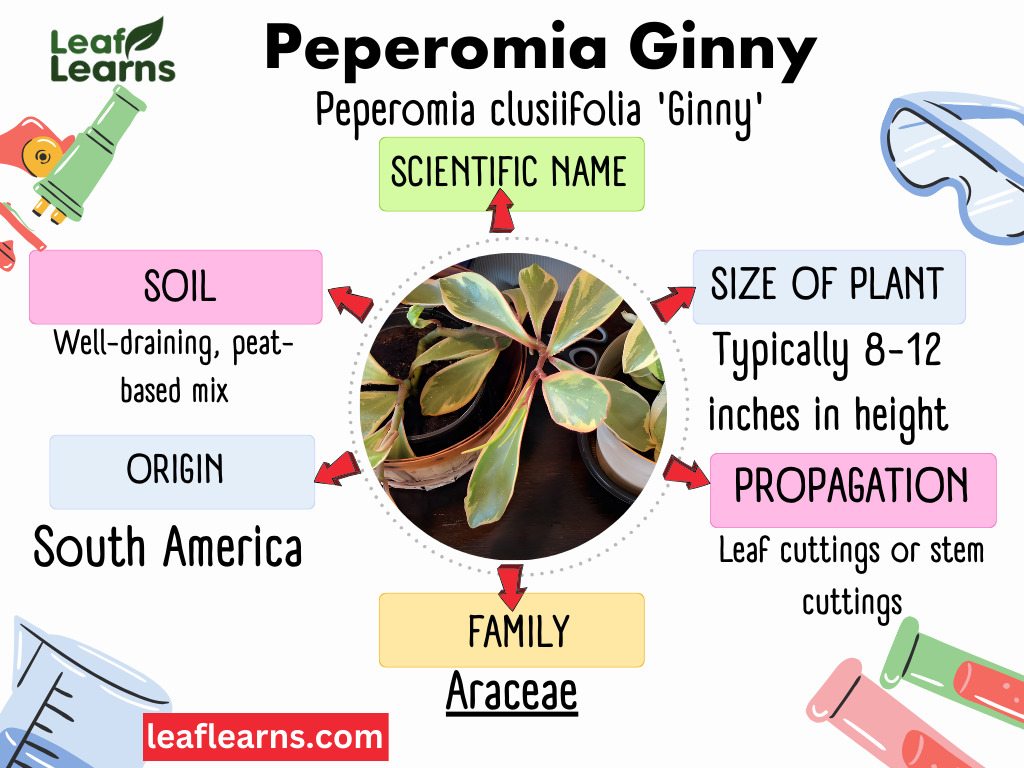
What’s Unique About Peperomia-Ginny?
Peperomia tricolor is an attractive and pet-friendly indoor ornamental houseplant because to its eye-catching dark green foliage with alluring pink borders.
Care for Peperomia ginny
Light Requirement
Make sure your Peperomia tricolor enjoys the proper amount of light to take good care of it. Put it there as these plants do best in bright, indirect sunlight.
Avoid direct sunlight since it might burn the foliage. Your Peperomia plant will remain vibrant and healthy with enough light, adding beauty to your room.
Water Requirements
The health of Peperomia-Ginny depends on watering. Before watering, let the top inch of the soil dry out to make sure optimum care.
The plant may suffer from problems like root rot as a result of over watering.
This simple guide will assist you in maintaining appropriate moisture levels, enhancing the well-being of your plant.
Soil Requirement
Consider the needs of Peperomia-Ginny’s soil when taking care of it. Make sure the soil has good drainage, ideally using a peat-based mixture.
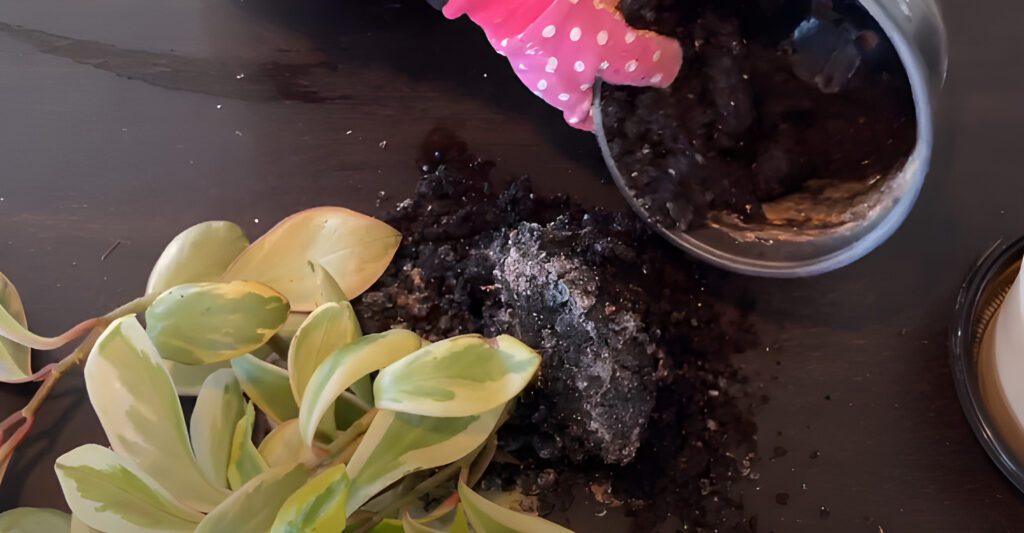
This allows the roots of the plant to breathe and avoids water logging, which can be damaging to your plant.
Temperature Requirement
The ideal temperature range for your Peperomia tricolor is 65–75°F (18–24°C). Keep this plant away from excessive cold or heat because it blooms at a pleasant room temperature.
Humidity Requirement
Maintaining the right humidity levels is essential for good Peperomia-Ginny care. In environments with moderate to high humidity, this lovely plant flourishes.
Maintain a comfortable moisture level in your indoor environment, and your Peperomia tricolor will repay you with lush, robust growth. Keep the air pleasantly humid, and notice how well your plant does.
Fertilizer Requirement
It’s crucial to adhere to Peperomia-Ginny’s fertilizer needs for optimal maintenance. Use a balanced, diluted fertilizer during the growth season to supply vital nutrients.
Every 4-6 weeks, fertilize your plant, being careful not to fertilize it too much as this might hurt your Ginny. Healthy foliage and strong development are encouraged by proper fertilization.
Potting Requirement
Potting needs are vital for taking care of Peperomia tricolor. To avoid waterlogging and to prevent the plant’s roots from sitting in water, choose a potting mix that drains effectively.
This encourages strong development while avoiding problems like root rot. Your Peperomia tricolor will remain healthy and bright if you use an excellent potting mixture to maintain the right moisture levels.
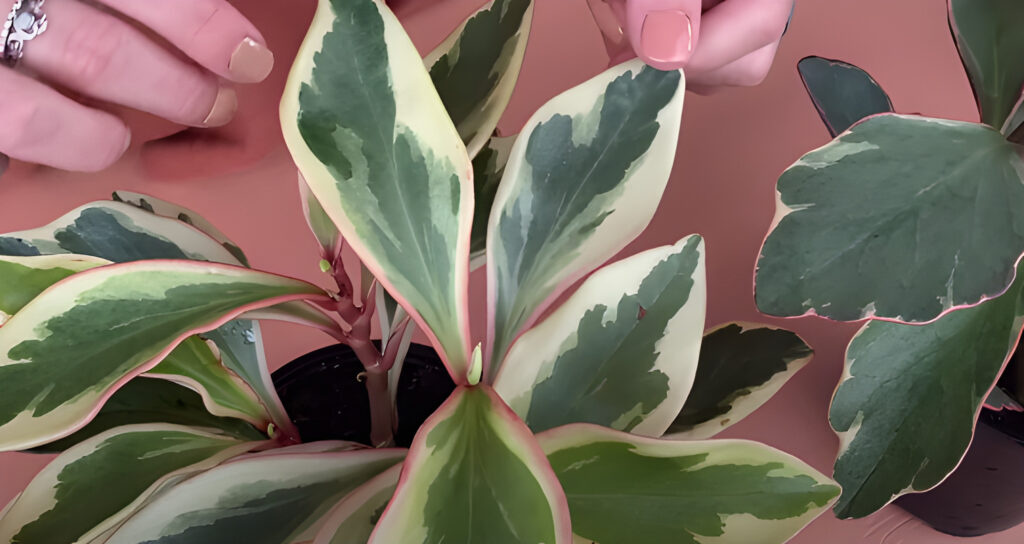
How to Propagating peperomia ginny
Propagation is the process of dividing one plant into another by different methods and strategies. So the propagation of peperomia-ginny is done by stem cutting and also leaf cutting. So here we can discuss about the process
Choose a Healthy Parent Plant
As your parent plant, start with a mature and robust Peperomia-Ginny. Make sure there are no illnesses or bugs present. Select the Propagation Method:
There are two primary propagation methods: leaf cuttings and stem cuttings.
Leaf Cuttings: Snip a healthy leaf with a small section of the stem attached. Ensure it has a visible vein.
Stem Cuttings: Cut a section of the stem, ensuring it has a few leaves attached.
Prepare the Cutting
Give the clippings some time to dry naturally. By helping to calluse the cut end, this process lowers the likelihood of decay.
Plant the Cuttings
For leaf cuttings, plant them horizontally on top of a well-draining potting mix, ensuring the vein side faces down
For stem cuttings, insert the cut end into the soil.
Provide Adequate Light and Humidity
Place the pot with the cuttings in bright, indirect sunshine, keeping the surrounding air warm and humid. To simulate a little greenhouse, use a propagation tray or a plastic bag.
Watering: Keep the ground slightly damp but not drenched. Be careful not to over water because it might cause rot
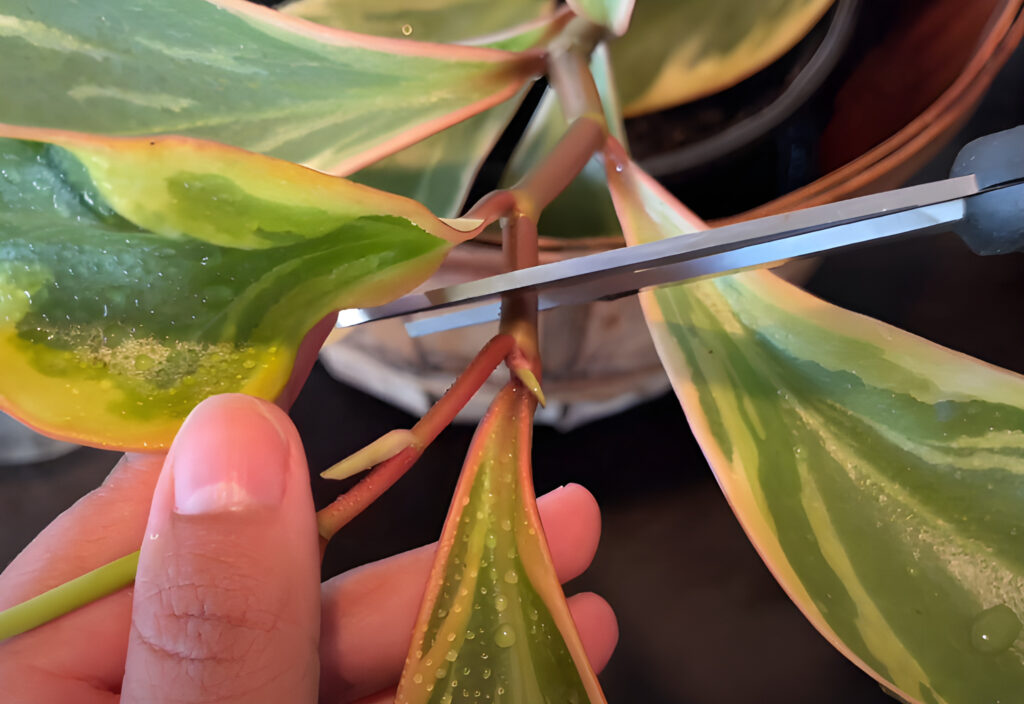
Monitor Growth
Depending on the technique of propagation, roots and new growth should start to show in a few weeks to a few months
Transplant
Transplant the cuttings into individual pots with a well-draining soil mixture after they have a strong root system.
Pruning
Your Peperomia tricolor health and attractiveness depend on regular pruning. To promote bushier growth, just remove short growth or broken leaves.
Regular pruning encourages a more lively and appealing Peperomia tricolor in your interior area by removing any unhealthy leaves and maintaining the plant’s form.
Repotting of peperomia tricolor
Peperomia tricolor repotting is a simple procedure. Pick a pot with adequate drainage that is a little bit bigger.
Shake off any extra soil from the plant’s old pot, then carefully transfer it to the new one. Around the plant, add more potting soil, softly water, and maintain it in its chosen place.
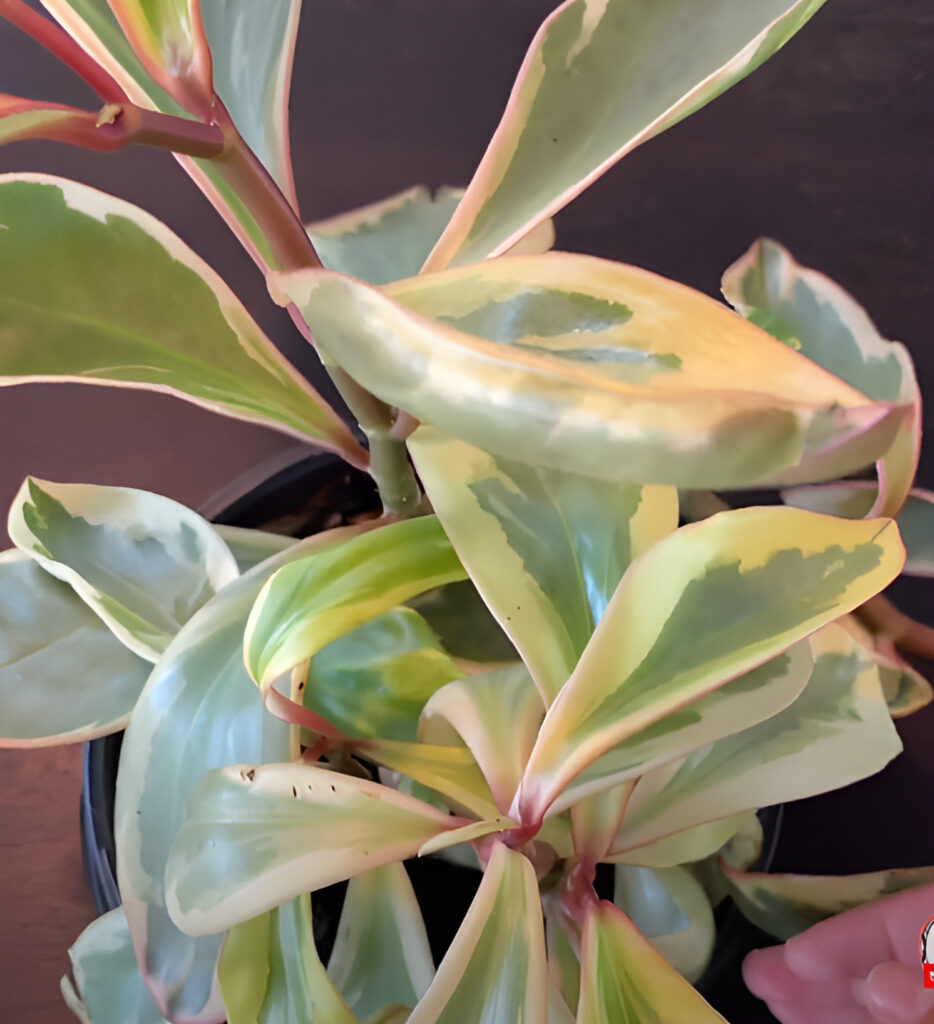
How to Get Peperomia tricolor to Bloom
Make sure your Peperomia-Ginny receives adequate indirect sunshine and the ideal temperature (65–75°F) to promote blooming.
Although its foliage is what most people come to see, tiny, inconspicuous flower spikes can occasionally be seen.
During the growth season, a balanced, diluted fertilizer should be used, and the plant should be given the proper attention to ensure flowering
Growth Rate and Size
Known for its small stature, Peperomia-Ginny normally reaches a height of 8 to 12 inches. Due to its low growth rate, this indoor plant is ideal for confined places.
It is the perfect option for plant enthusiasts with limited space because it is simple to maintain and doesn’t take up much area.
Flowering and Foliage
Both magnificent foliage and modest flowers are features of Peperomia tricolor. It is a pretty houseplant with dark green foliage that has adorable pink borders.
Although its blooms are quiet, the plant’s main draw is its unusual leaf colors, which brighten indoor environments.
This fusion of colorful greenery and delicate blossoms improves the aesthetics of the home.
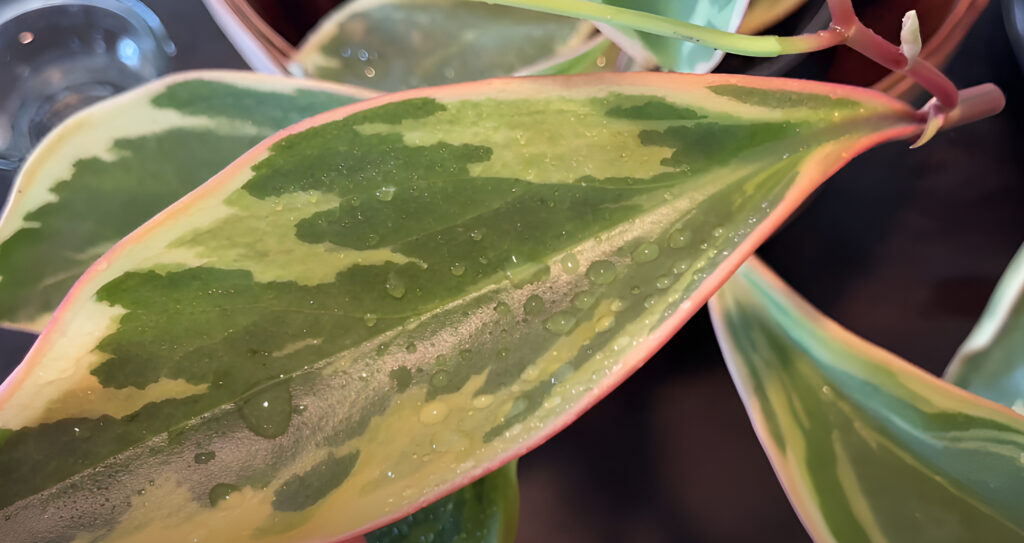
Peperomia tricolor Appearance and Fragrance
Small, dark green leaves with pretty pink borders may be observed on Peperomia-Ginny, which has an alluring look.
This indoor plant is aesthetically pleasing and unscented, making it a great option for homes where you don’t want strong smells.
Its distinctive leaves give your living area a touch of elegance without adding any overpowering smells.
Underwatering And Overwatering
The health of your Peperomia tricolor can be impacted by both under and over watering. Lack of water causes under watering, which results in dried-out, withered leaves.
On the other hand, excessive moisture leads to over watering, which results in root rot and leaf browning.
Maintaining the health of your Peperomia tricolor depends on finding the ideal watering mix.
Common Pests and Diseases
Peperomia Common infections and bugs might affect Ginny. Mites and mealybugs can be harmful to your plant.
Mealybugs are small and frequently form webbing, whereas mites are microscopic and resemble little white cottony clusters.
Keep your plant clean, maintain the right humidity level, and routinely check for insect activity to avoid these problems.
Problems and Solutions for Peperomia-Ginny
Problem: Leaf Browning
Solution: Ensure the top inch of soil dries before watering to prevent overwatering and leaf browning.
Problem: Leggy Growth
Solution: Prune Peperomia-Ginny to manage leggy growth and promote a more compact appearance.
Problem: Mealybugs and Mites
Solution: Inspect your plant carefully for mealybugs and mites, and apply neem oil or insecticidal soap to get rid of them.
Problem: Yellowing Leaves
Solution: Adjust watering habits, letting the soil dry slightly between waterings to prevent yellowing leaves.
Problem: Drooping Leaves
Solution: Check light conditions; move your plant to a brighter sight pot to combat drooping leaves.
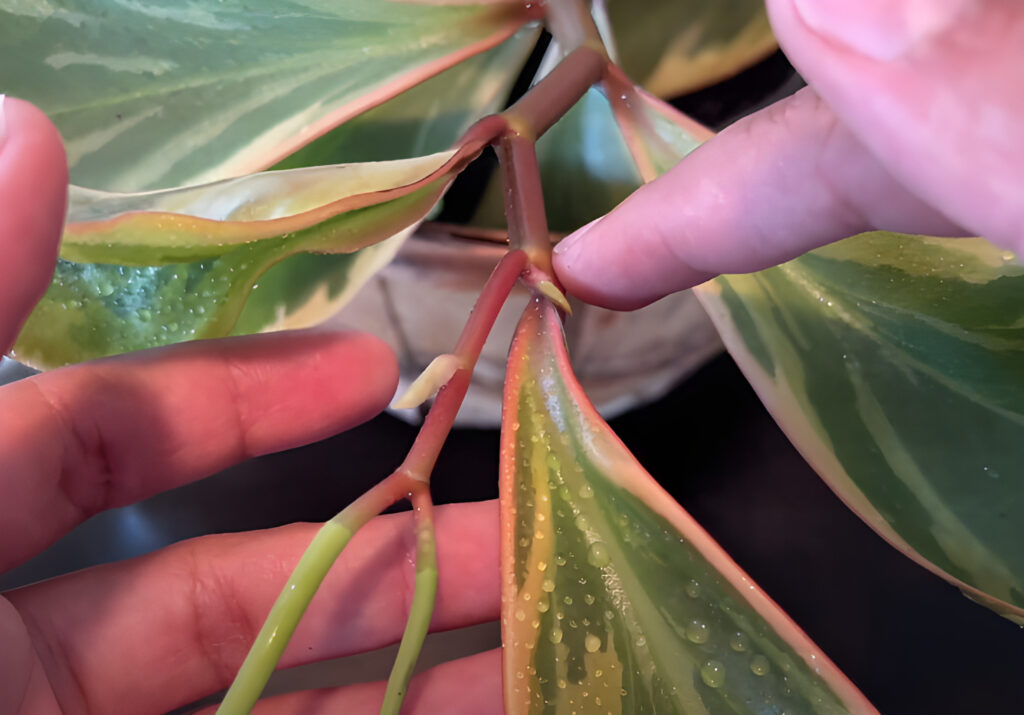
Toxicity of peperomia tricolor
Toxicity for Human
The lovely houseplant Peperomia tricolor is non-toxic to people. You may savour its beauty without worrying about any negative consequences from touching or eating it.
As it offers no health dangers, this low-maintenance plant is a great option for homes with kids and dogs.
Toxicity for Cats and Dogs
Despite very attractive, Peperomia tricolor is safe for cats and dogs, making it a good indoor plant option for pet owners. If your animal companions decide to take an inquisitive bite, it won’t hurt them.
You may relax and take in the beauty of Peperomia-Ginny knowing that there are no toxicity hazards for your cherished pets.
Varieties/Types
Standard Peperomia-Ginny (Peperomia clusiifolia ‘Ginny’): Deep green foliage with adorable pink borders are characteristic of the original Peperomia-Ginny. It’s a well-liked option because of how simple it is to maintain and how colorful it looks.
Tricolor Peperomia-Ginny: On its leaves, this species displays a magnificent fusion of green, pink, and creamy-white tones. Your indoor environment gains a remarkable visual appeal from the use of three colors.
Rainbow Peperomia-Ginny: The Rainbow Peperomia plant, as its name implies, has stunning rainbow-colored leaves that are a real eye-catcher.
Pink Edge Peperomia-Ginny: This type is a great option if you want just a little bit of pink. It has gorgeous green foliage with a delicate pink border that creates a nice contrast.
Variegated Peperomia-Ginny: Variegated kinds stand out in any collection because of the dissimilar patterns of creamy white or light yellow that appear on their leaves.
Uses of peperomia tricolor
- Peperomia tricolor , with its lovely dark green foliage and pink margins, is a well-liked indoor plant because it adds a sense of elegance to homes and businesses.
- Low upkeep: This plant requires little upkeep, making it an easy addition to your interior area and perfect for novices or those who are busy.
- Pet-Friendly: Peperomia tricolor is safe for both people and cats, assuring the security of your four-legged family members and friends.
- Air purification: By removing toxins and pollutants, it contributes to an improvement in indoor air quality, much like other houseplants.
- Compact Size: Because of its modest size (8–12 inches), it may fit on windowsills, desks, and other small surfaces.
- Great for Gifting: For plant lovers or anybody wishing to brighten their home, this is a great gift option.
- Different Varieties: You may pick a Ginny plant variety that complements your décor thanks to the variety’s diverse leaf color and patterns.
Nurturing Your Peperomia tricolor Common Challenges
Taking care of a Peperomia tricolor can be a rewarding experience. This lovely plant is known for its unique pink-edge leaves and is generally safe for cats, as it’s not listed as toxic to them. However, like any plant, it requires proper care.
If you notice the leaves turning brown or black, it might be a sign of overwatering or poor drainage. To prevent this, it’s essential to follow a care guide for Peperomia tricolor , ensuring the right soil mix and light requirements.
This guide also covers how often to water Peperomia-Ginny, as overwatering can lead to drooping and dropping leaves. Additionally, for those interested in propagating Peperomia-Ginny, understanding the plant’s size and leaf propagation techniques is crucial.
Comparing Peperomia tricolor to Other Varieties: A Guide to Growth and Safety
Peperomia enthusiasts often compare it to other varieties, such as Peperomia Jelly and Peperomia Quadrangularis. These comparisons can help you appreciate the unique features of each plant. When properly cared for, a Peperomia tricolor can grow to its full size, and you may even be rewarded with beautiful flowers. Remember that, while most Peperomia tricolor plants are non-toxic to humans and cats, it’s essential to be cautious with other varieties, as some Peperomia plants may be toxic to pets. Overall, with the right care and knowledge, your Peperomia-Ginny can thrive and brighten up your living space.
FAQs
How do you care for Peperomia Ginny?
Put Peperomia-Ginny in direct, bright sunshine, let the soil dry up between waterings, and use a peat-based soil mixture that drains well. For optimum development, keep the temperature between 65° and 75°F and the humidity level between moderate and high.
Are Peperomia Ginny easy to care for?
Yes, As a low-maintenance plant, Peperomia-Ginny is a great option for both novice and seasoned plant enthusiasts. It is simple to care for because to its small size and forgiving maintenance requirements.
Is Peperomia an indoor plant?
Yes, Peperomia thrives in indoor environments and is typically grown inside. It’s a preferred option for the interior design of houses and businesses
How big do Peperomia Ginny get?
Peperomia tricolor typically reaches a size of 8-12 inches in height, making it a compact and manageable indoor plant
Do Peperomia need lots of sun?
Peperomia plants favour direct, bright sunshine. Though needing protection from bright sunlight to avoid leaf damage, they do best in well-lit environments.
Are Peperomia rare?
The rarity of a particular Peperomia plant might vary, even if certain Peperomia types are more widespread. Some hybrids and variants, including some, may be uncommon and prized by collectors.
Why is my Peperomia Ginny dropping leaves?
Peperomia tricolor may drop leaves due to overwatering, poor drainage, or insufficient light. Adjusting watering habits and ensuring proper lighting can help prevent leaf loss.
Is Peperomia toxic to humans?
Peperomia plants are generally non-toxic to humans, making them a safe choice for households with children or curious pets.
Can Peperomia grow in water?
While Peperomia can be propagated in water, it’s not typically grown in water as a long-term solution. Well-draining soil is preferred for their growth.
Is the Peperomia Ginny safe for cats and dogs?
Yes, Peperomia Ginny is considered non-toxic to both cats and dogs, making it a pet-friendly choice for your home.



